One of America’s greatest art museums, the Kimbell in Fort Worth, is showing seven enormous tapestries right now. These depict the Battle of Pavia (1525) and were made roughly 500 years ago from wool, silk, gold, and silver thread. Each one is about 30′ wide and 14′ high, perfect for the Palm Beach County starter home. The curators praise the human artists behind these works, but I’m wondering whether robots couldn’t do a better job in many ways and thus revive this form of art.
(If you miss them in Fort Worth, you can see them while stocking up on fentanyl in San Francisco beginning in October and eventually back at their home in Naples, Italy (leave everything that you value in the hotel safe!)). Here are a few photos to give you a sense of the scale and detail:
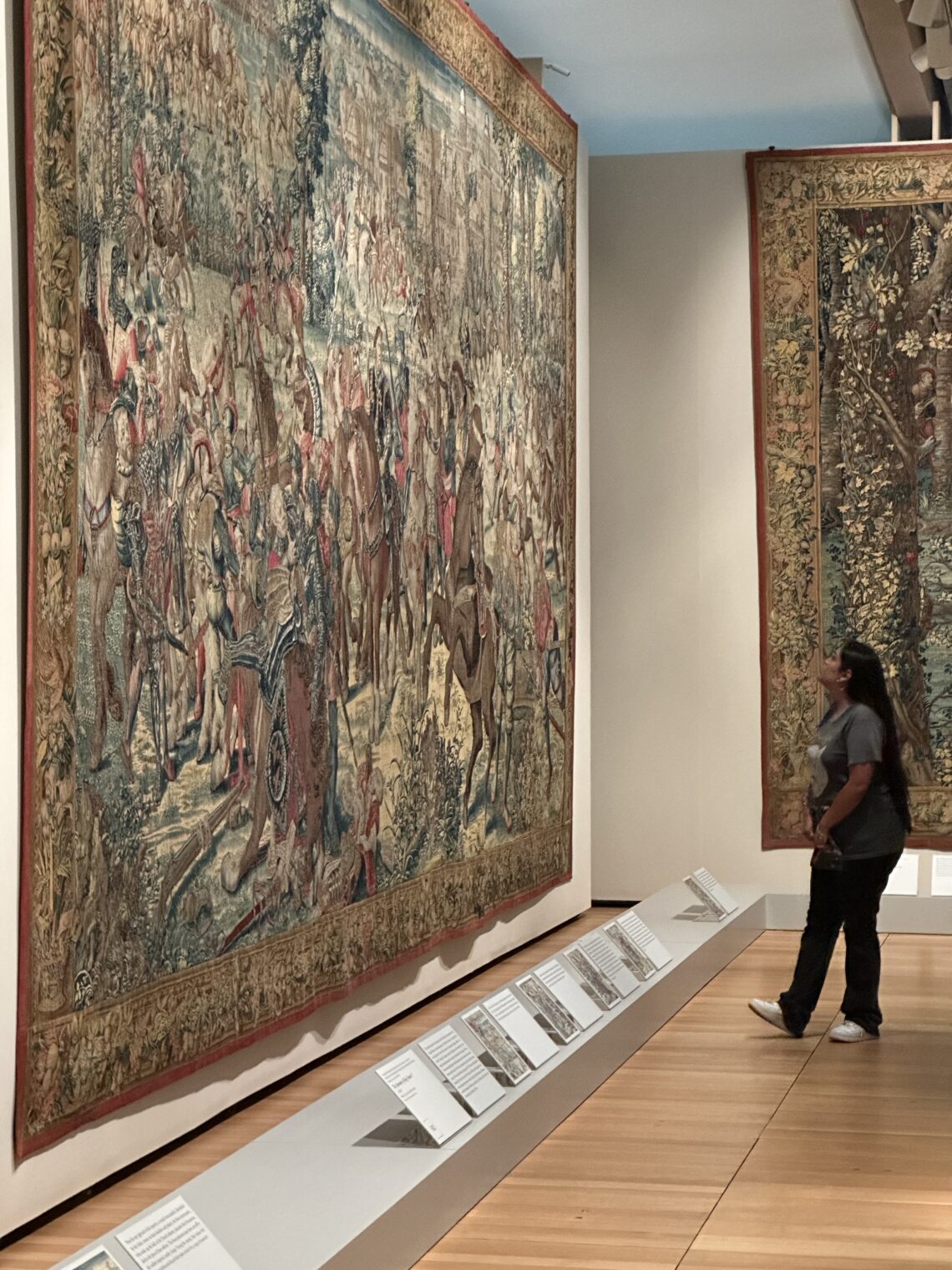
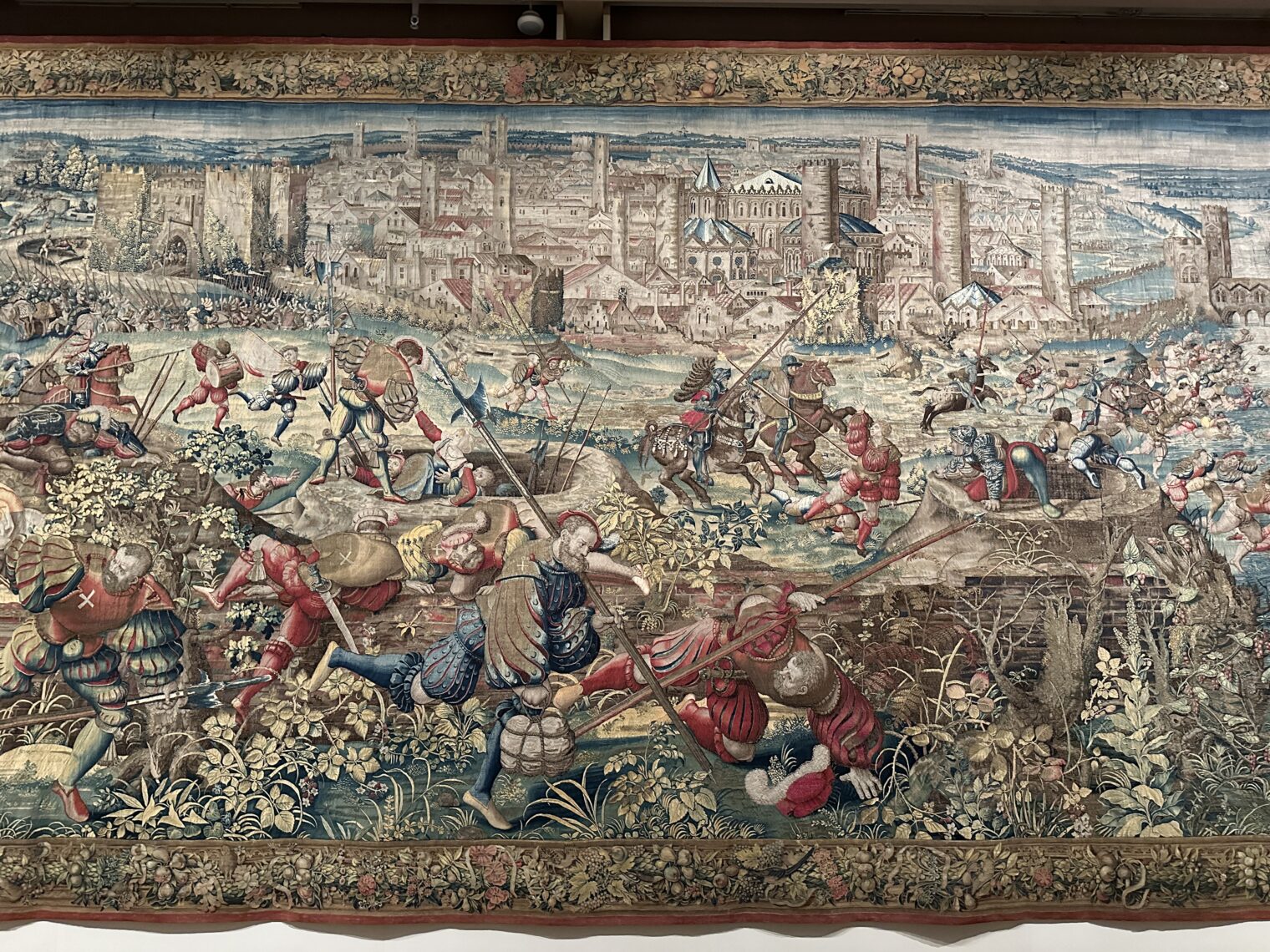
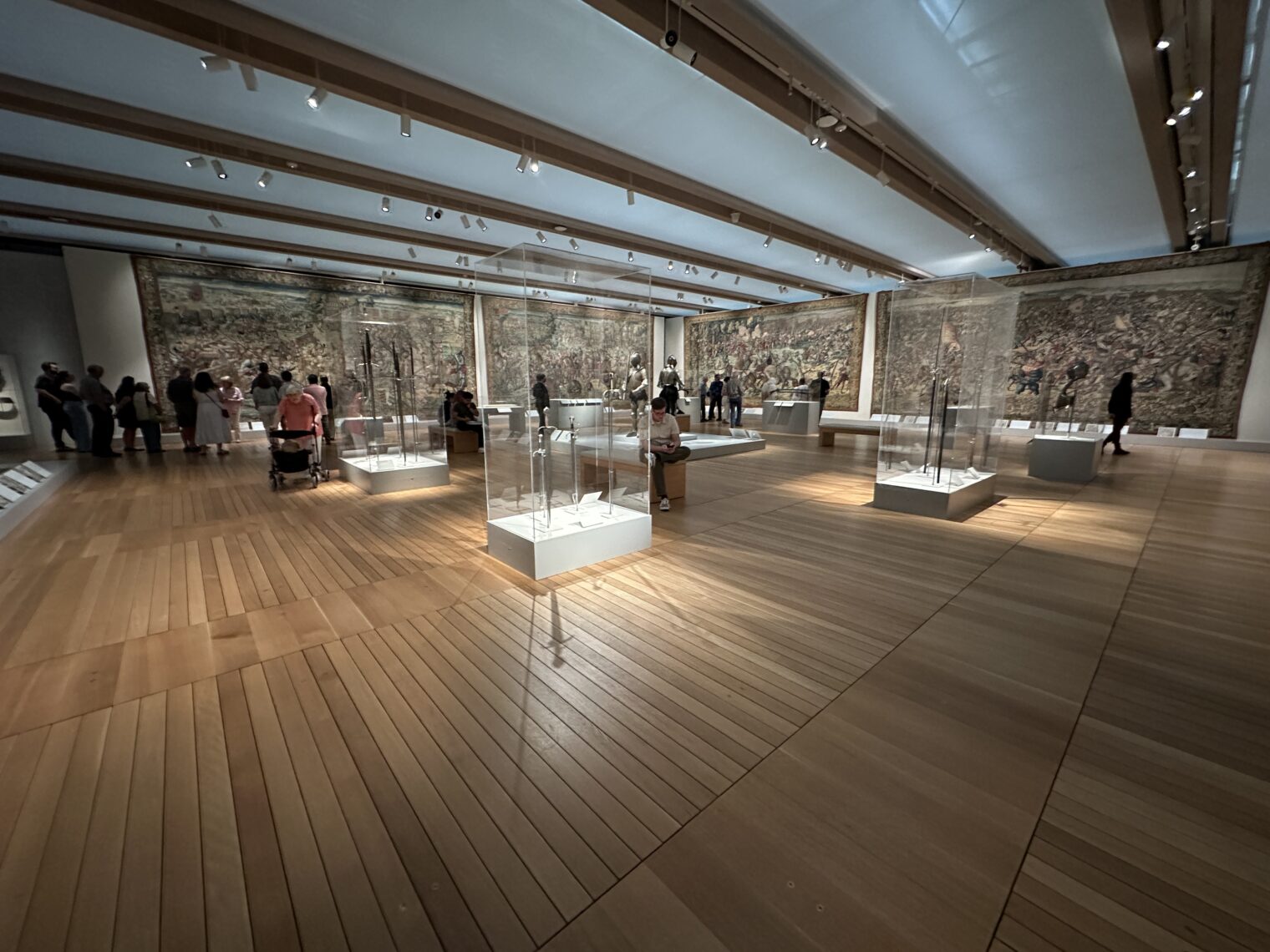
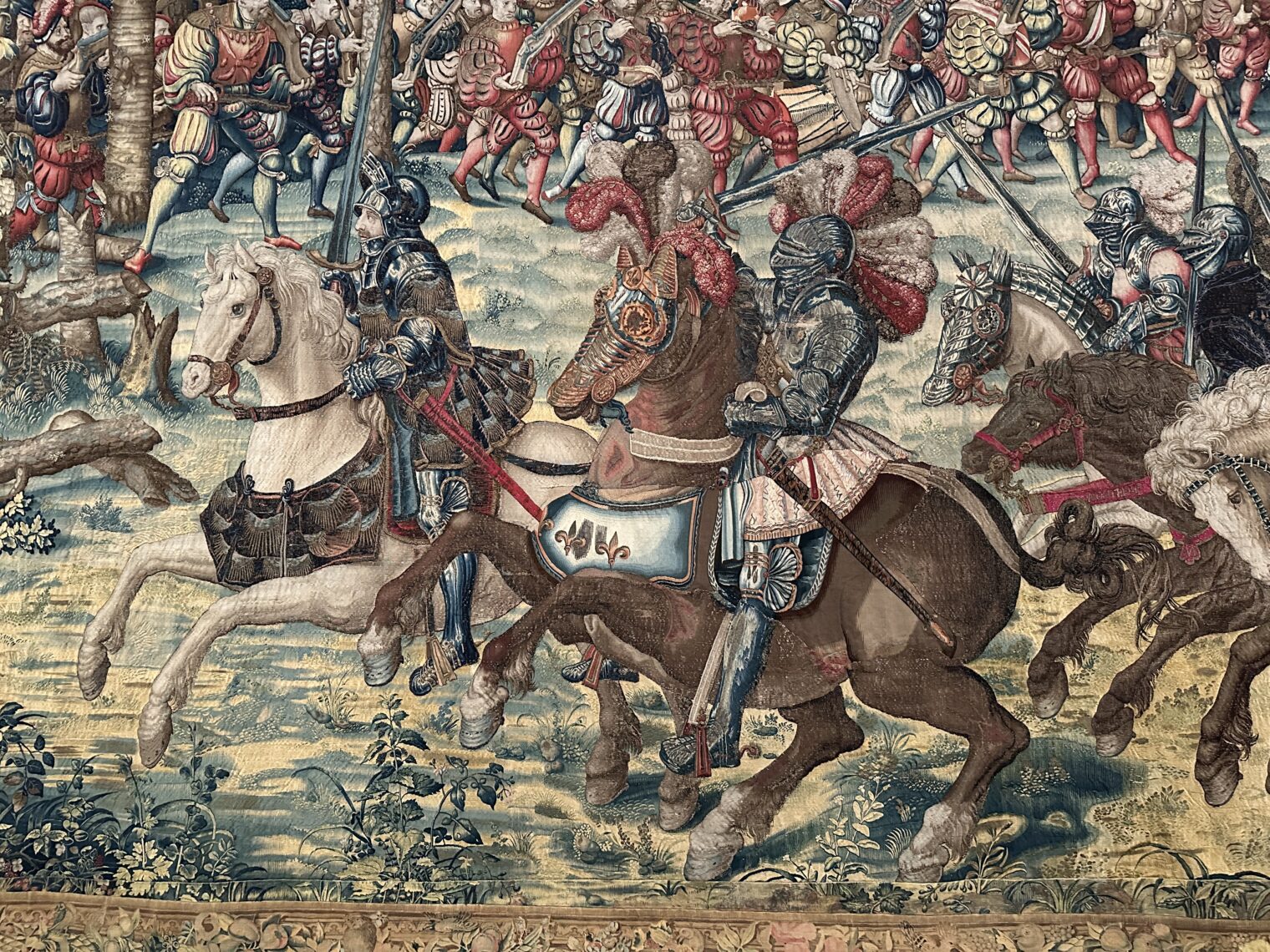
Wouldn’t we rather all have walls like these rather than imaginative answers to simple household questions?
To revive the art form, a computer program would need to be able to take in multiple photographs (the typical tapestry shows multiple scenes), come up with a cartoon, and then pick fabric to match the colors in the underlying photographs. How could robots do a better job than humans? Robots have more patience than humans and could perhaps work at a higher resolution. We have a broader range of colors available with dyes and could also add plastic thread to the palette.
There are some companies that purport to make tapestry-like art from photographs, but they do it by printing rather than weaving.
What else did I see at the Kimbell? Readers would be disappointed if I didn’t provide a gift shop tour…
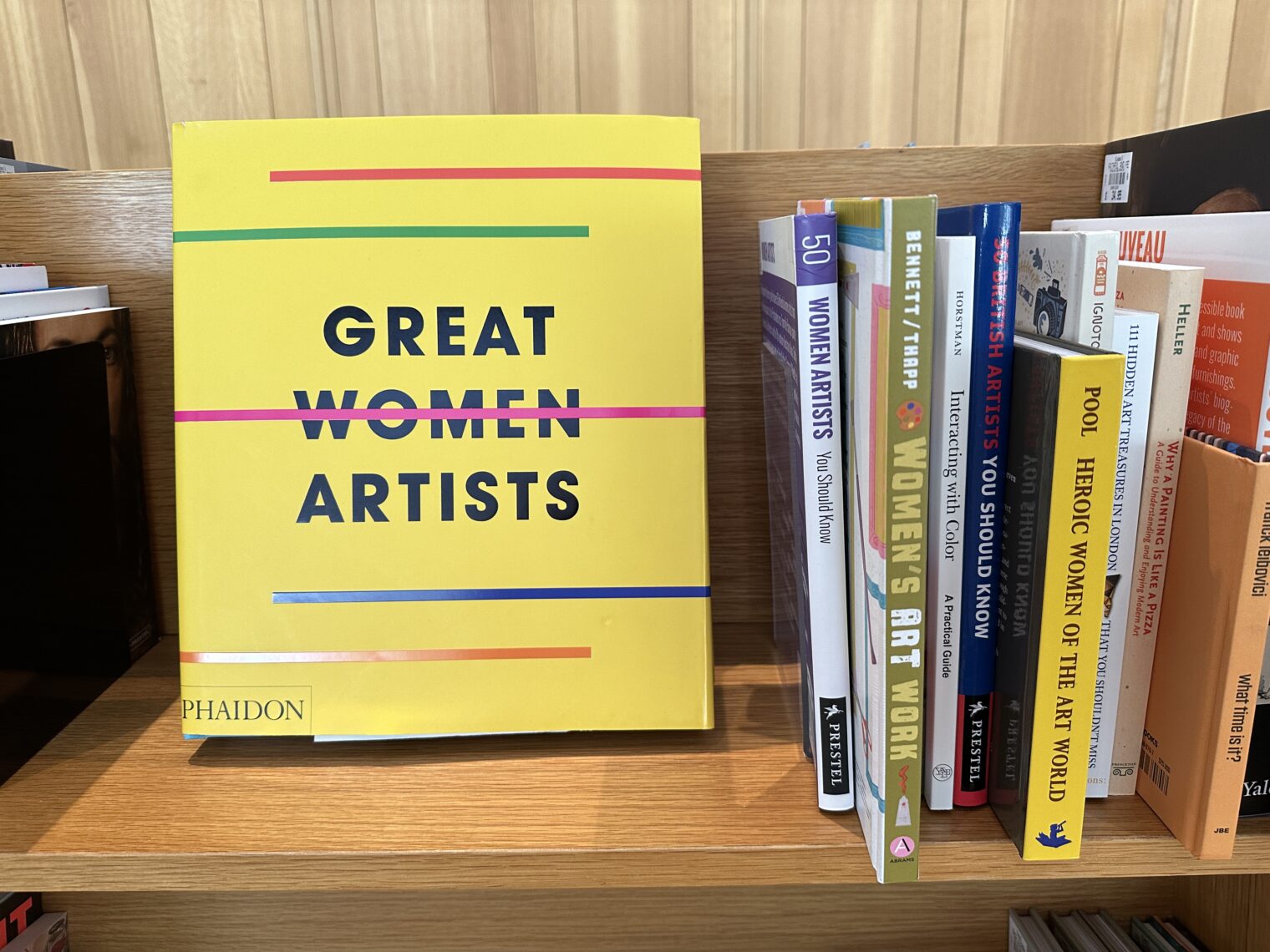
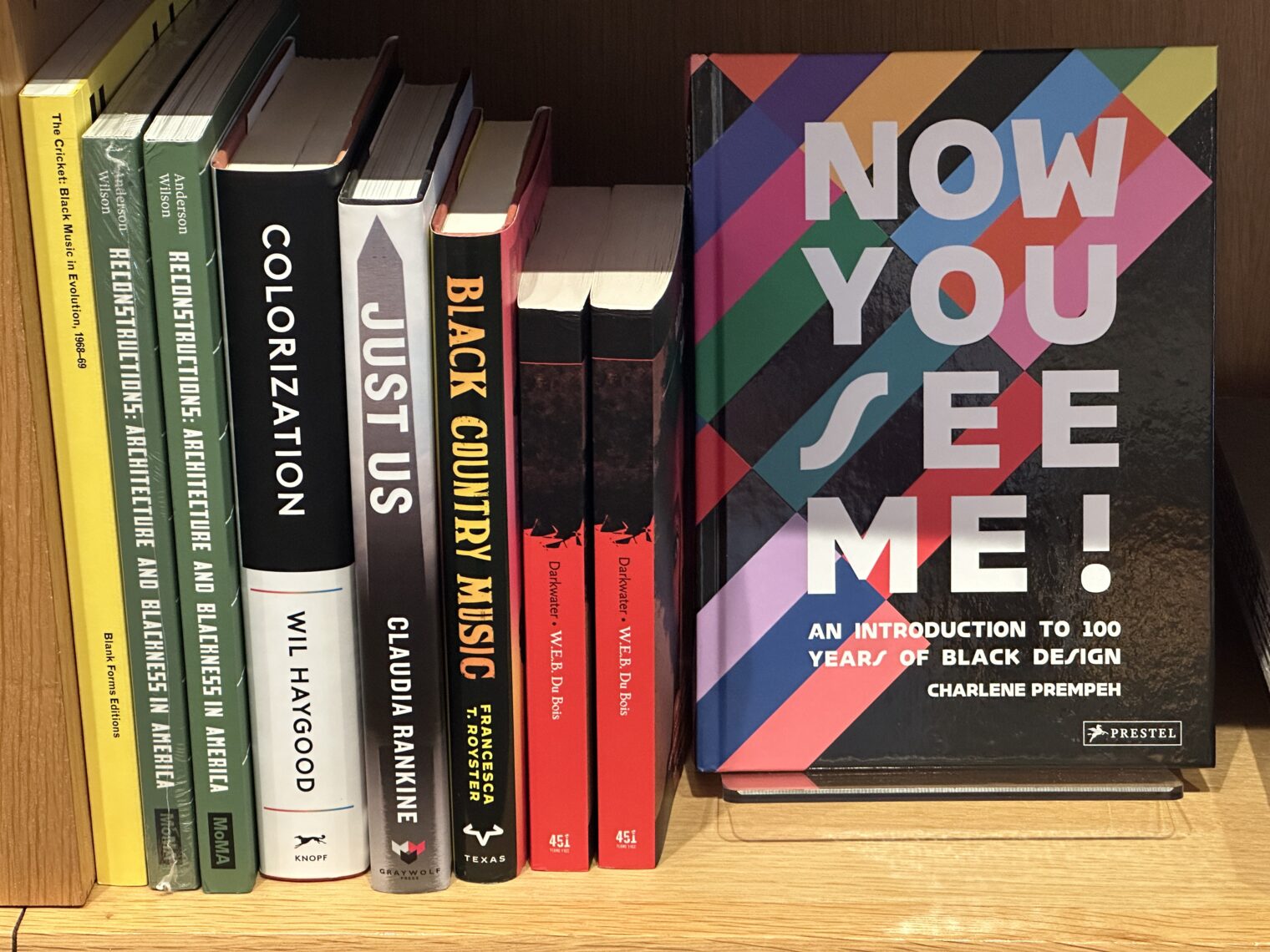
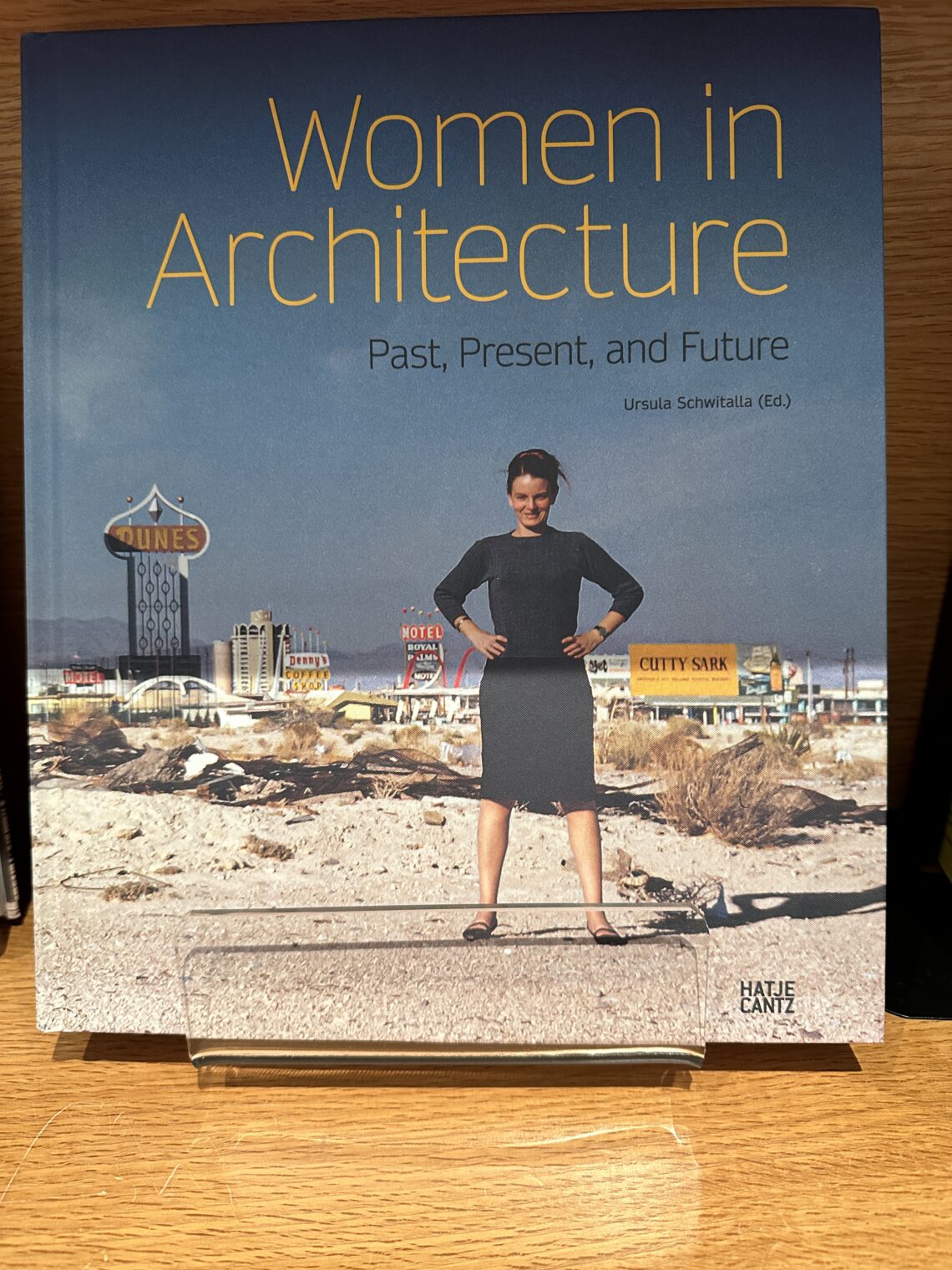
The building itself is a Louis Kahn-designed landmark:
The lighting was a bit dim, but I managed to capture a Follower of Science (concerned enough about SARS-CoV-2 to wear a mask, but not concerned enough about SARS-CoV-2 to shave his/her/zir/their beard):
The modern art museum across the street is also worthwhile and provides clear instructions for making your own $1 million artwork at home:
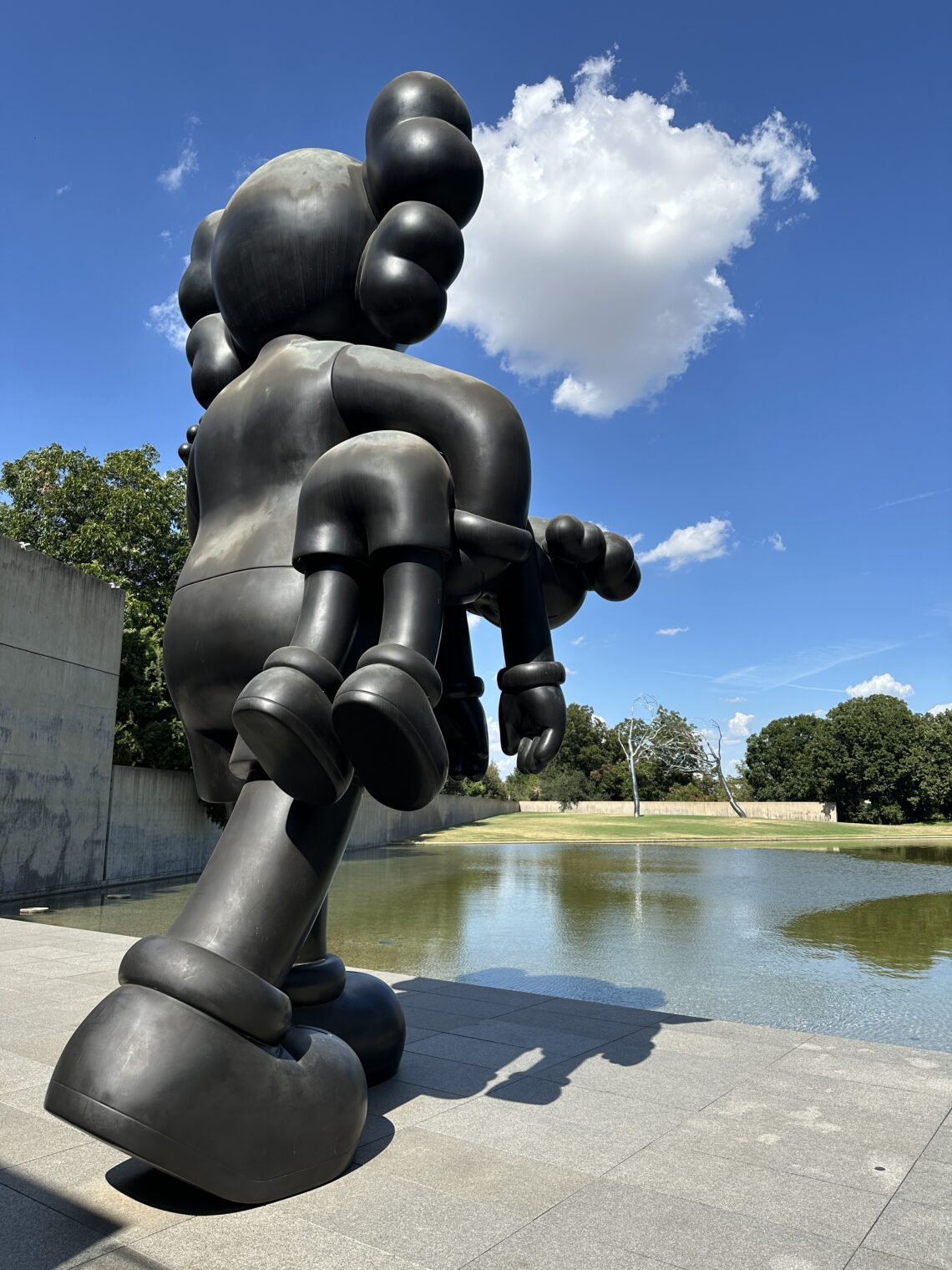
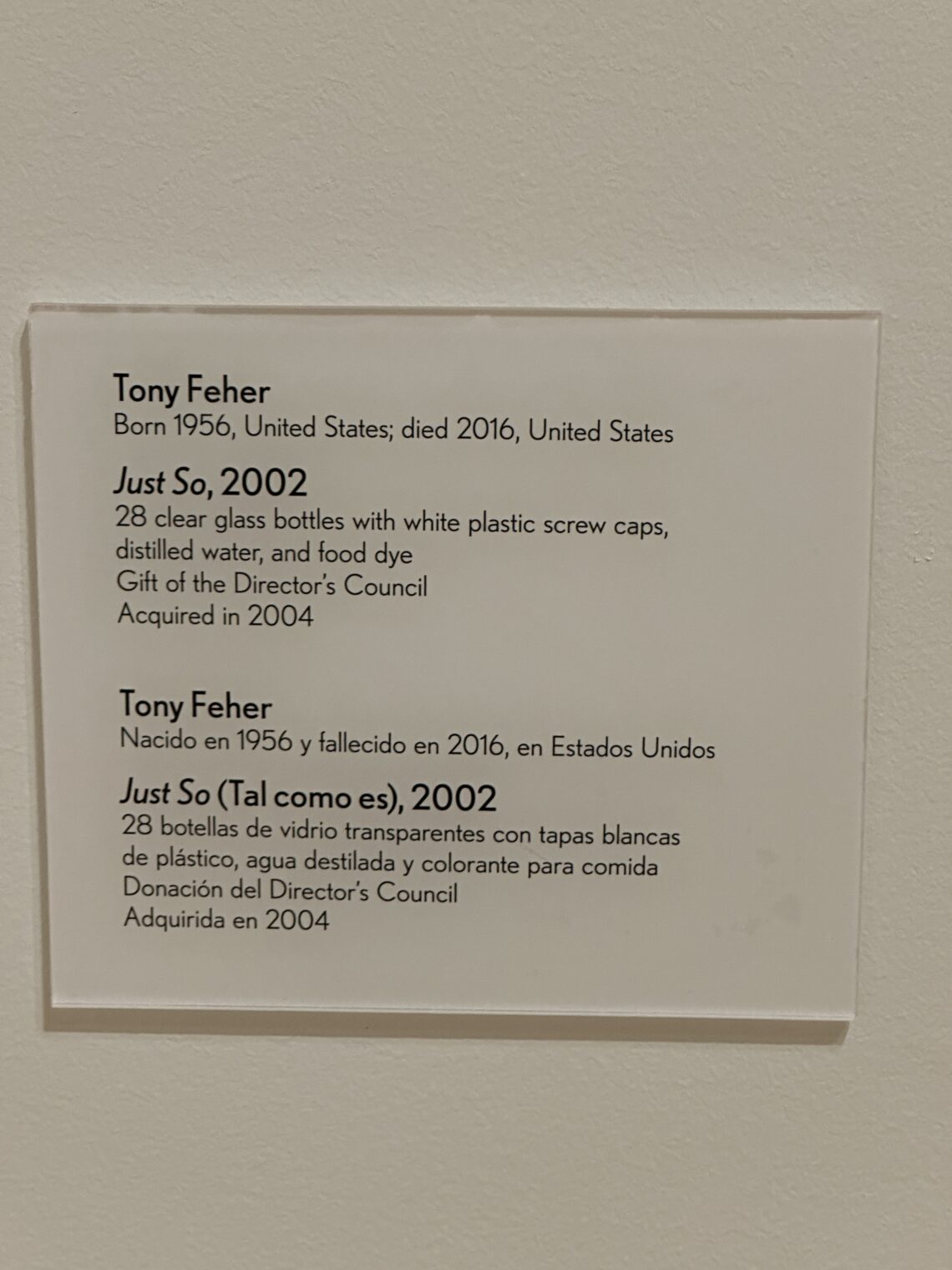
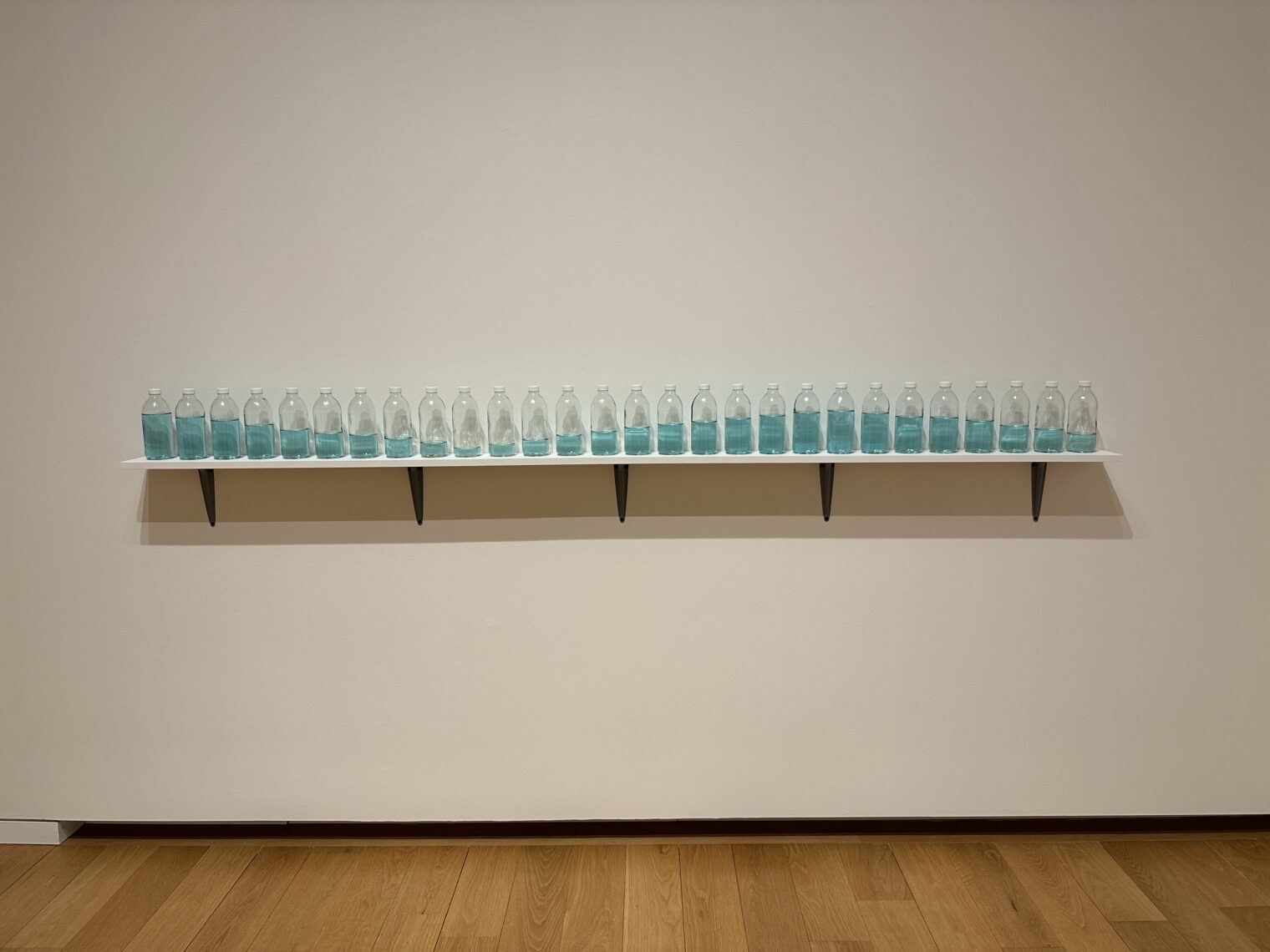
The Amon Carter Museum, famous for its collection of Remington and Russell, is a 5-minute walk away (might feel longer in the 100+ degree heat).
Texas is not as rich a location for the masketologist as California, New York, or Massachusetts, but I still managed to find people who have elected to do jobs that inevitably expose them to thousands of potentially infected humans per day and who attempt to avoid contracting a respiratory virus by wearing simple masks:

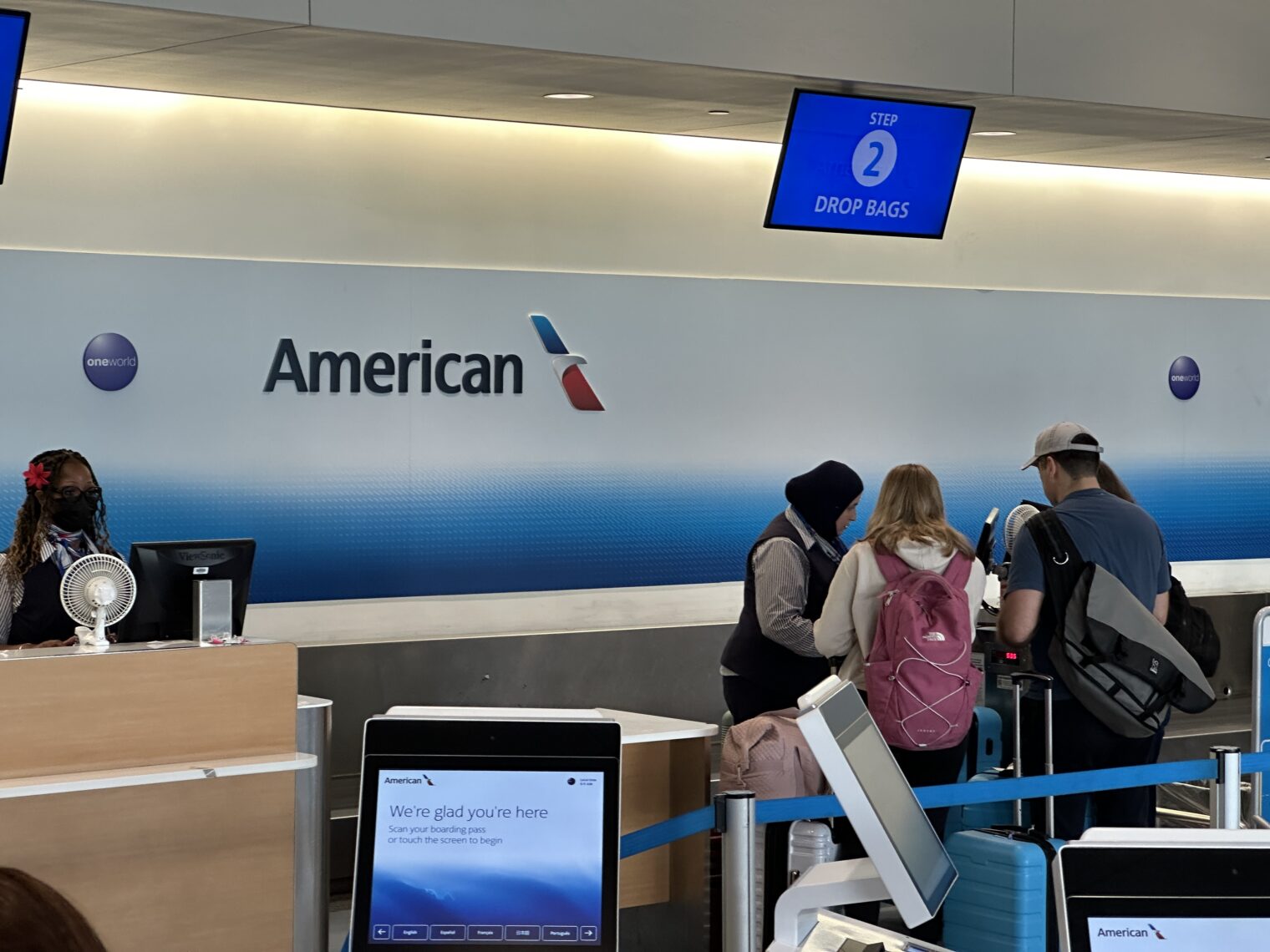
A sticker for sale at DFW:
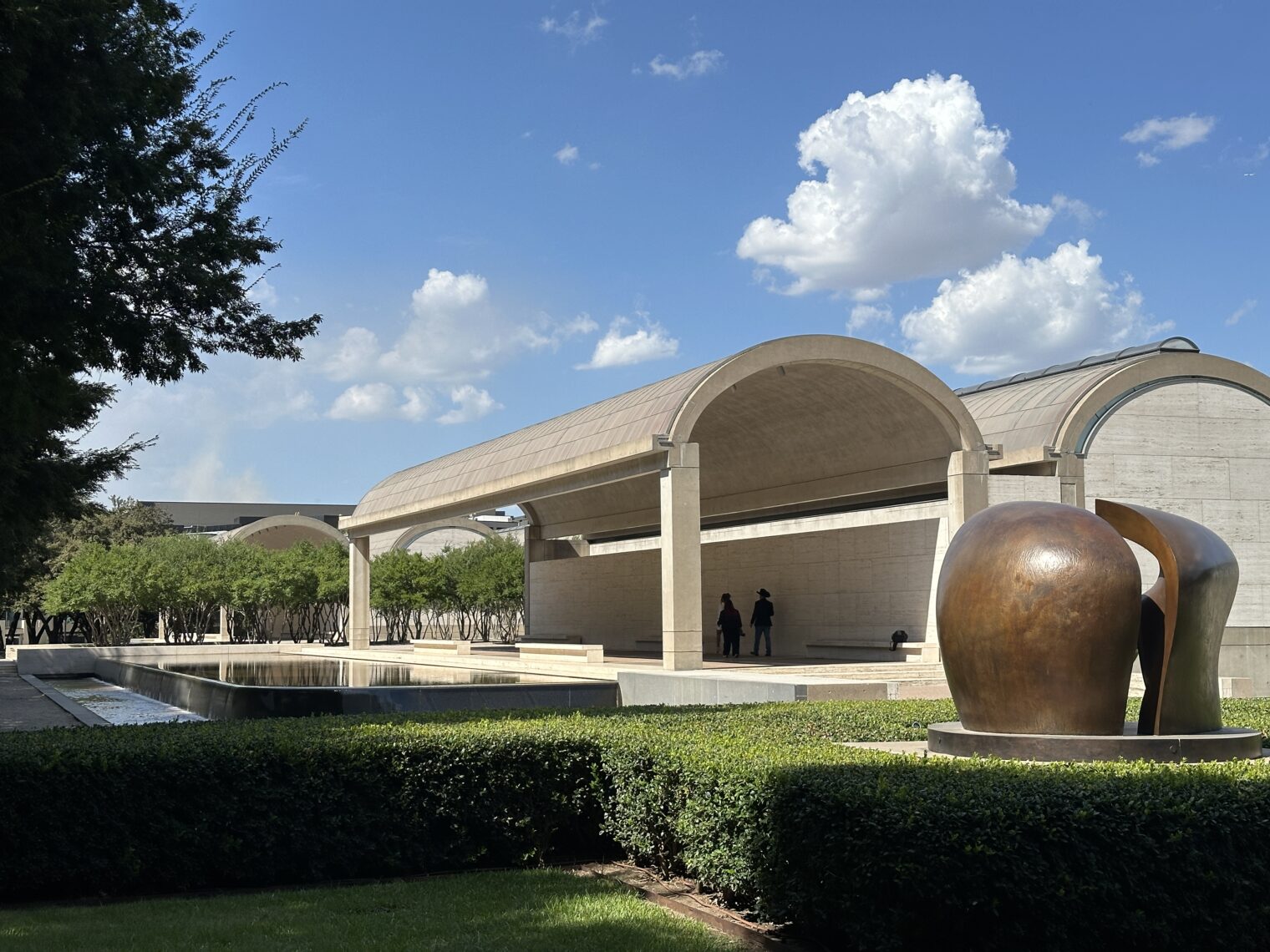
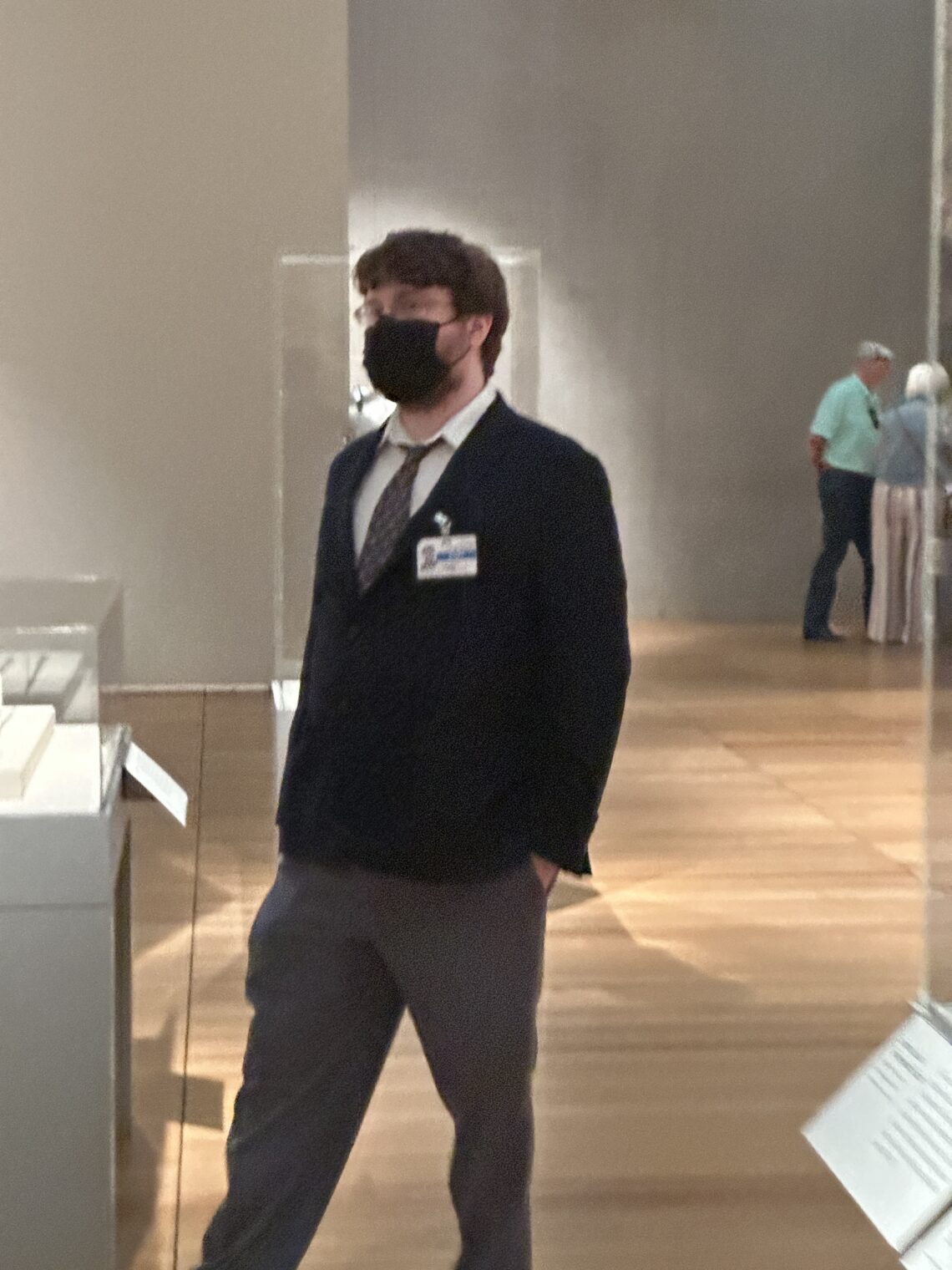

Not much of a Van Cliburn fan. Figured there would be some record of his existence or a photo of his mansion.
What is DFW? Wish Alex were here with us to comment on importance of exercising proper control of AK/AR hybrid pictured on expensive sticker from there.
Is masked man with ornate id badge holder necklace open – carrying? The object on his belt looks like a revolver handle. Where was it? Since his id is visible I assume t was not a hold-up attempt. Sure this person is not GPT4 – generated?
DFW is a perfect example of how population growth via low-skill immigration can make day to day experience miserable for American peasants (i.e., those who don’t travel by private jet). Luxurious when it opened in 1974, the airport now provides a claustrophobic Fall of Saigon experience at nearly every gate. https://en.wikipedia.org/wiki/Dallas_Fort_Worth_International_Airport
I miss Alex too! Where’s Pavel??
Don’t know if those tapestries were made by a Toyota jet loom but they could have been.
One of these operates in an exhibit in the Toyota Commemoritive (“fabric”) Museum in Nagoya, with the woven pictures sold in the gift shop.
This is an older model in operation https://youtu.be/CXI_bn-ZzNQ?si=-ylNcSDMVjdOgvC4
Pretty sure one of those gauntlets in the tapestry has 6 fingers.
So either it was already AI generated or Count Rugen was at the Battle of Pavia.